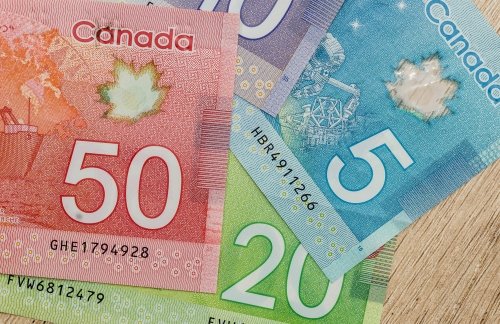- Summary:
- USDCAD has been trading in a symmetrical triangle as of late. This means that the currency pair would soon be due for a breakout.
USDCAD has been trading in a consolidation since March 31. This becomes apparent when you connect the currency pair’s recent highs and lows and see that a symmetrical triangle has formed on the 1-hour chart. In forex trading, this chart pattern is considered as a neutral indicator. This means that a breakout needs to happen in order for the market to follow a certain direction.
What Could Cause A Breakout on USDCAD?
Fundamentally, a downside break could be triggered if ongoing talks between Saudi Arabia and Russia materialize into a deal. Aside from worries surrounding the coronavirus pandemic, USDCAD rose last month as the two countries engaged in an oil price war. As of late, crude oil price has been trading higher on the prospect of Saudi Arabia and Russia agreeing on oil production cuts. Should this happen, USDCAD could trade lower because oil is one of Canada’s largest exports and lower oil supply would be bullish for oil price.
Download our Q2 Market Global Market Outlook
With that said, a break below yesterday’s lows at 1.4082 would effectively break support at the bottom of the triangle. This could mean that there are enough sellers in the market. USDCAD may soon then trade lower to support at the rising trend line on the daily time frame (from connecting the lows of January 7 and February 21) around 1.3570.
On the other hand, if talks between oil producers fall through, USDCAD could trade higher to the top of the triangle at 1.4230. If resistance at this price does not hold, the next ceiling could be at 1.4346 where the currency pair topped on March 31.


